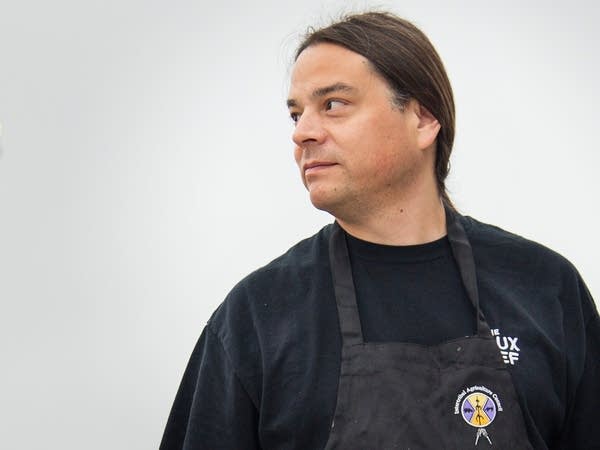'Sioux Chef' revitalizing Native American cuisine

Sean Sherman embarked on a journey almost a decade ago to revitalize the gastronomy of his culture to bring Native American cuisine to more tables. Now, with a big boost from online fundraising, Sherman is preparing to open a Minneapolis-area restaurant.
Monika Lawrence for MPR News file
Go Deeper.
Create an account or log in to save stories.
Like this?
Thanks for liking this story! We have added it to a list of your favorite stories.


